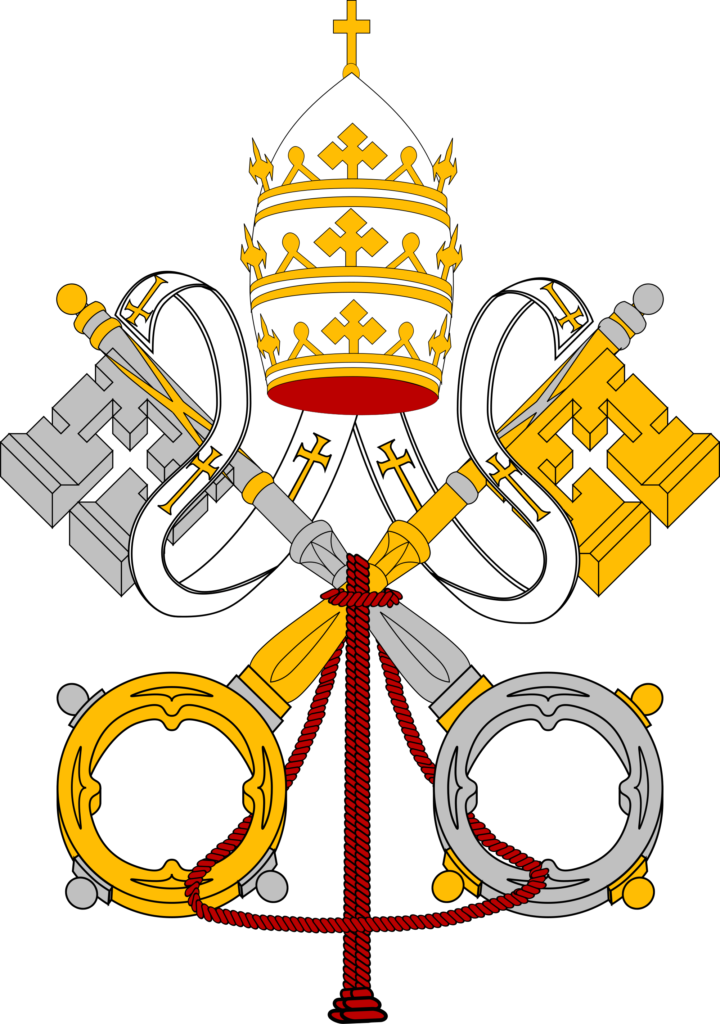Leveraging World Bank’s capital increase

In April, governments from around the world agreed to a $13bn capital increase for the World Bank Group, sending a clear signal that multilateralism is far from dead.
The additional funding will strengthen the WBG’s capacity to support development projects around the world.
But it also raises critical questions about how best to deploy the new funds and raise public capital in the future.
Meeting the 2030 United Nations Sustainable Development Goals (SDGs), as well as the WBG’s own goal of taking development finance from “from billions to trillions,” requires maximising the potential of the latest capital increase.
And to do that will require building a new architecture for development finance, so that a multitude of actors operating with limited resources have incentives to optimise performance, pursue joint action, and avoid duplicating one another’s efforts.
A new framework will force all stakeholders – including the WBG, regional development banks, bilateral agencies, the European Investment Bank (EIB), and other institutions – to re-examine their role in the larger system.
We know from past experience that by strengthening the WBG, the use of public and private capital in development finance could become more fragmented.
To avoid that outcome, we need a system that motivates diverse parties to work together transparently.
A key focus should be on reinforcing the “billions-to-trillions” approach, which focuses on mobilising private-sector capital and ensuring the best use of public-sector capital.
Accordingly, the increase in public money must not be allowed to deter private-sector contributions through hidden competition or a “crowding out” effect.
Addressing these concerns will require a more clearly defined division of labor when it comes to allocating risks and responsibilities.
Moreover, it is time to rethink official development assistance (aid from governments), which remains crucial for alleviating poverty, protecting human dignity, and financing basic services for people in places where no other financial resources are available.
Owing to limited investment in the SDGs, ODA must be deployed in such a way that it attracts additional financing, or channels existing resources through blended-finance (public-private) mechanisms.
As majority shareholders in the multilateral development-bank system, the largest contributors of ODA have a key role to play in aligning public- and private-sector incentives.
By coming together, they can steer the international community toward a system based on shared goals and collective responsibility.
The WBG’s capital increase offers reassurance at a critical moment for multilateralism.
But it should not be treated as an excuse to stop innovating, or to take the easy route of relying solely on public capital, while avoiding the difficult task of pursuing blended-finance approaches.
Rather, we must seize the moment to address the sources of fragility, conflict, and violence around the world, and to create an encouraging environment for more private-sector investment.
Only by maintaining the current momentum can we move the SDG agenda forward.
Until now, blended-finance mechanisms for mobilising private capital have been used mostly in relatively stable middle-income countries.
According to a recent OECD study, nearly 43% of the private finance raised by such mechanisms between 2012 and 2015 was used in upper-middle-income countries, while only 7% was put to work in the least-developed countries.
It is vitally important to expand the use of blended finance in fragile and low-income countries.
Development banks’ private-sector arms will need to do more to target their capital outlays in ways that mitigate risk and attract private-sector capital, rather than inadvertently crowding it out.
The world is just a few years into the SDG agenda.
But it is already clear that achieving it will require new incentives for public and private actors to direct investments toward those who are at risk of being left behind.
That means creating a system in which public funds are consistently targeted at the right areas, and for the right purposes.
At a time of populist agitation against multilateral institutions, the WBG’s capital increase is a notable achievement in itself.
But the current political environment makes it all the more important that we get the next phase of development finance right.
We must stay focused on building and maintaining a cohesive architecture for meeting the SDGs and other international commitments, such as those embodied in the Paris climate agreement.
Change will not happen on its own.
So, rather than being at the mercy of global financial flows, we must harness finance as a tool for achieving our goals.
Doing so will require genuine, long-term engagement on the part of “shareholders,” and pressure from engaged citizens the world over. – Project Syndicate
lBertrand Badré is CEO and Founder of Blue like an Orange Sustainable Capital, and Co-Chair of the World Economic Forum’s Global Future Council on International Governance, Public-Private Co-operation, and Sustainable Development.
*Charlotte Petri Gornitzka is Chair of the Development Assistance Committee at the OECD and Co-Chair of the World Economic Forum’s Global Future Council on International Governance, Public-Private Co-operation, and Sustainable Development.


 By Rick Clough
By Rick Clough





